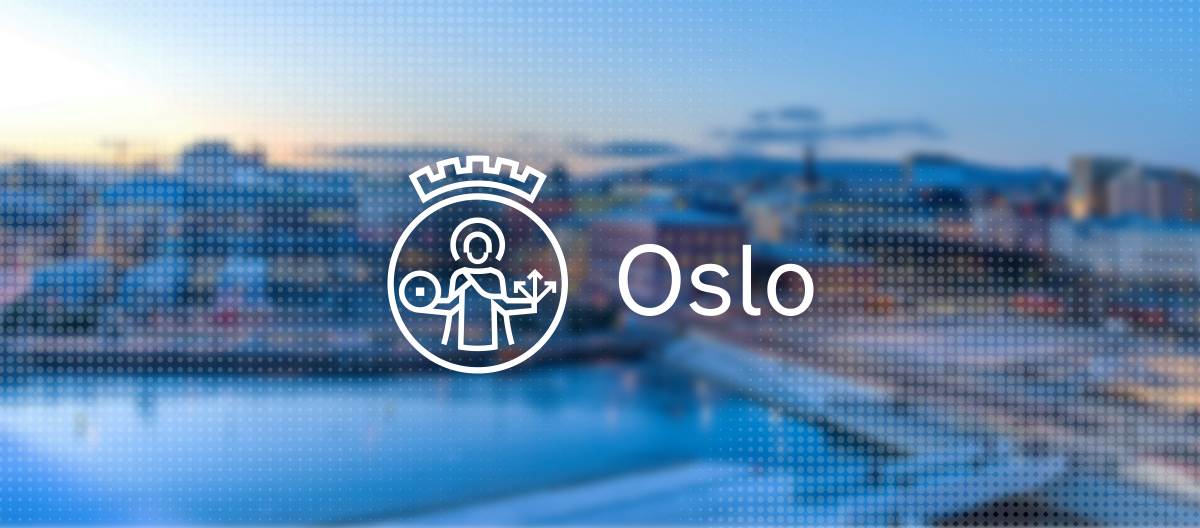When IT decisions become geopolitical
We live in a time when decisions made by IT professionals have an unprecedented impact on the safety and operational continuity of businesses, public institutions, and even entire countries. Geopolitical tensions, wars, attacks on critical infrastructure, and growing dependence on digital technologies have made cybersecurity a central pillar not just of business strategies but of national security, too.
Modern conflicts – like the war in Ukraine – show that cyberspace has become a new battlefield. After Russia invaded Ukraine in 2022, phishing attacks in NATO countries surged by over 300% in just one year. These attacks often target public administration and critical infrastructure, aiming to destabilise, steal information, and cause chaos.
But cybercrime isn’t just hackers in hoodies. Corruption plays its part too. Like the $40 million scam at Ukraine’s Defence Ministry, where funds meant for weapons ended up in a fake US company. It’s a sharp reminder: transparent procurement and strong controls aren’t “nice to have”—they’re survival tools.
Fatigue, fragility, and the fragile cloud
Constant high alert leads to what's known as “cybersecurity fatigue” – a drop in vigilance and growing weariness among those responsible for digital safety. This results in delayed responses, overlooked threats, and a higher risk of serious breaches. And it’s not just war. Unpredictable decisions by global powers can instantly shift the balance of power or cut off access to key tech. Defence treaties that once offered stability are now in question. As a result, even choosing an IT provider or moving to the cloud can have strategic consequences for entire industries and nations.
In the face of blackouts, system failures, or attacks on infrastructure, more organisations – especially in the public and financial sectors – are rethinking cloud migration and considering local or hybrid solutions instead. The key concerns go beyond uptime and resilience. Who stores the data and where? In today’s world of rising international tensions and new regulations, such as NIS2 or the Cyber Resilience Act, this matters more than ever. Not every organisation should blindly follow the cloud trend. What works for a startup might be a liability for a hospital or a power grid operator. Every case needs its own risk-based analysis.
Read more: How to align your security strategy with NIS2
Payment systems, infrastructure and national independence
Europe is still heavily reliant on American payment giants such as Visa and Mastercard. That’s fine—until it’s not. With rising geopolitical tensions and sabotage incidents – such as damage to undersea internet cables in the Baltic – Nordic countries like Finland and Estonia are developing offline payment systems that work even without internet access. This is a response to the risks of network outages and a move to reduce reliance on non-European infrastructure.
It’s smart, but tricky. Offline systems need strong encryption, hardware-based authentication, and privacy-preserving features. Otherwise, you risk double-spending or data leaks from users’ own devices.
Cyber resilience is the goal. But it demands new tech, new thinking, and new policies.
The mobile threat: phones as prime targets
Your phone’s your office now. You’ve got banking apps, work chat, confidential docs—all in your pocket. And cybercriminals love that. Mobile devices are now the fastest-growing attack vector—phishing, dodgy apps, hijacked sessions. All on the rise.
Even governments are getting sloppy—using consumer messaging apps such as WhatsApp for sensitive communications because they’re convenient. But real security takes more than convenience. It needs certified tools, clear rules, and trained users who understand the risks.
The problem is, many organisations still have chaotic mobile fleets—no policies, no visibility, no control. Mobile Device Management (MDM) tools are here to address this. They let you encrypt data, split work from personal, and wipe a stolen phone with a few clicks. But adoption is still lagging. Often due to a lack of skills, time, or just awareness. And even if you have MDM in place, you shouldn't stop there.
MDM covers the basics: centralised control, remote wipes, encryption, app restrictions, and separating work from personal data. It’s the skeleton of your mobile security. But MDM doesn’t watch for live threats. That’s where MTD picks up the slack. Mobile Threat Defence tools actively monitor for malicious behaviour — sketchy apps, network attacks, phishing attempts, device tampering. They use machine learning to spot anomalies and block threats in real time. Combined with MDM, they provide layered protection that goes far beyond policies and passwords.
AI, apps and what’s coming next
AI is changing the game on both sides. Criminals use it to mutate malware and automate attacks. Defenders use it to spot weird patterns and anomalies. But the next wave is already here: AI-powered malware that learns and adapts.
To keep up, organisations need to embrace Zero Trust principles and post-quantum cryptography. And stay sharp on the regulation front. The EU’s Digital Markets Act, for instance, aims to open up app ecosystems—but could accidentally lower security by allowing installs from unverified sources.
Balancing openness with safety will be one of the big challenges in 2025 and beyond.
Building Cyber Resilience in a Blurred World
Work and personal life blend. Online and offline blur. Peace and conflict shift by the hour. Cybersecurity must cover all bases.
So what do we need?
-
IT strategies that factor in geopolitics and supplier risk
-
Centralised mobile management with clear policies and MDM tools
-
User education to fight phishing and reduce human error
-
Tech that’s designed to survive attacks and outages
-
Security policies that keep pace with AI and regulatory shifts
Because in today’s world, cyber threats are just as real as tanks and blackouts.

/TCO%20managers2.jpg)

